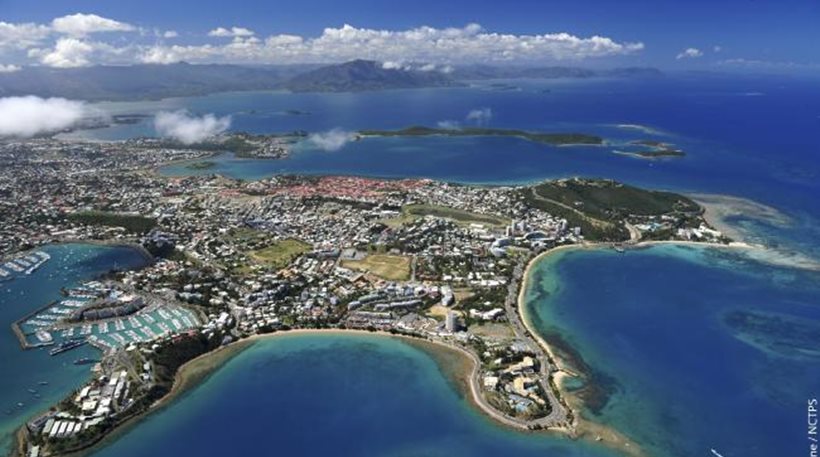

The Tonga volcanic eruption coincided with a magnitude 5.8 earthquake which appears not to have occurred on a fault, because it does not have a double couple focal mechanism. The tsunami recorded in the Tonga islands, which was 0.82 m high at Nuku’alofa but locally reached heights of 15 m, is not addressed here. The purpose of this Briefing Note is to seek explanations of why the Tonga tsunami arrived much earlier and was much larger than expected around the Pacific Ocean for an earthquake generated tsunami. Right: Tide gauge record at Nuku’alofa from Jan 9 to Jan 16, showing small ripples on the tide between Jan 14-15 before the explosion at the end of the record. Left: Recorded tsunami wave heights around the Pacific Ocean. Third, once it became clear that significant tsunami amplitudes had been generated, it was very difficult to reliably predict their heights for use in warnings. Second, when the tsunamis did arrive (Figure 2), their early arrival made it very difficult to reliably predict tsunami arrival times for use in warnings. First, some agencies initially concluded that the earthquake itself, with magnitude 5.8, was not large enough to generate a significant tsunami amplitude around the Pacific Ocean. This event caused great difficulty in the issuance of timely and accurate tsunami warnings for the following three reasons. The tsunami recorded at distant locations from the Tonga volcanic explosion arrived much earlier and was much larger than expected from an earthquake generated tsunami. Right: Arrival of the air pressure wave in Sydney at 6 pm. The red contours are 2 hours apart and the black contours are 30 minutes apart. Left: Predicted tsunami travel times throughout the Pacific Ocean for an earthquake generated tsunami. The calculated travel times for the Tonga tsunami, assuming an earthquake source, are shown on the left side of Figure 1.

As the water depth of the oceans is well known from bathymetry, it is straightforward to calculate the arrival times of tsunami. The local propagation speed of tsunamis is given by the square root of g.H, where g is the acceleration of gravity and H is the local water depth. Tsunamis are surface water gravity waves originating from the sudden displacement of water occurring in an earthquake, volcanic crater collapse, or underwater landslide. Paul Somerville, Russell Blong and Andrew Gissing Introduction


 0 kommentar(er)
0 kommentar(er)
